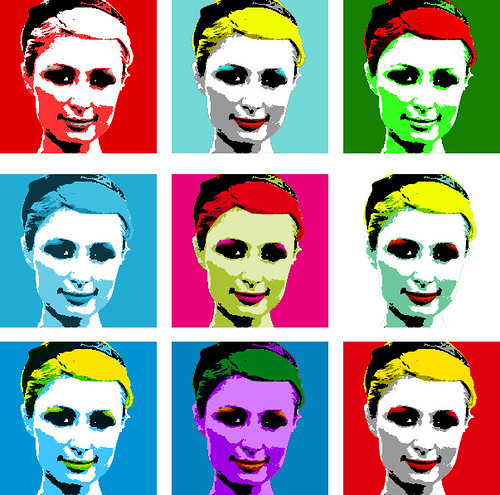Once upon a time, the world's largest media companies bragged in full page ads about their upcoming illustrations:
 |
| From the back cover of Life Magazine. When was the last time you saw an ad like this? |
Magazines urged readers to spend more time studying illustrations:
This was all driven by economics, of course. The general public followed the work of top illustrators and made purchasing decisions based on their art:
Before the invention of movies and computer videos, illustrators were the George Lucas and Steven Spielberg of their day. They created magic images that captured the public imagination and shaped public taste. They invented cultural icons:
This was the great power of stationary images in an era before people learned that pictures could also be made to move and talk.
Like the Cecile B. DeMille of his day, Gustave Dore (1832-1883) shaped the world's image of epic stories such as the
Bible,
Paradise Lost and Dante's
Divine Comedy. His books (and his visions) were everywhere.
Celebrity illustrators were were richly paid for their contribution to the mass entertainment industry. Charles Dana Gibson, who created the popular Gibson Girl, went from being a cartoonist for
Life Magazine to taking over the entire magazine. His work enabled him to retire to his own private 700 acre island. Illustrator Henry Raleigh earned enough from drawing illustrations for three or four months to spend the balance of the year traveling the world lavishly with family and friends. He spent freely, giving away thousands of dollars. He maintained a yacht, owned a mansion and kept a large studio in downtown Manhattan.
Those days are gone. Like a huge peristaltic wave, the mass entertainment market has moved beyond illustration to other media.
There is nothing surprising about this. The golden age of illustration began in the 19th century by crushing the old fashioned wood engraving industry, which could no longer retain an audience when compared to color photo-engraving. Later, silent movies could not hold out for long against sound movies. Black and white movies were similarly vanquished by color movies. It remains to be seen what will happen with 3D, or 48 frame per second movies, or the next development after that.
This evolution seems to be powered primarily by the economics of mass marketing. There will always be a significant role for still pictures, but a medium that talks (and therefore doesn't require the consumer to read text), that moves (and therefore doesn't require the consumer to imagine the implications of a moment isolated by a static drawing), a medium that completely fills our sight, sound, olfactory and other senses, allowing us to passively absorb, seems to have a natural advantage over a medium that doesn't fill in all the blanks for us.
I see no prospect of this trend reversing itself, barring a global electromagnetic pulse (EMP) from thermonuclear war that renders all electronic viewing devices useless. If nuclear winter ever comes, illustrators can look forward to returning to their historic birthright as the powerful shamans who make magic images on the cave walls.
But for now, I think it is important to emphasize that, while illustration is no longer the centerpiece of the entertainment world, and the great peristaltic wave took celebrityhood and money with it, it did leave the "art" portion behind. And that, my friends, is the most important part.















